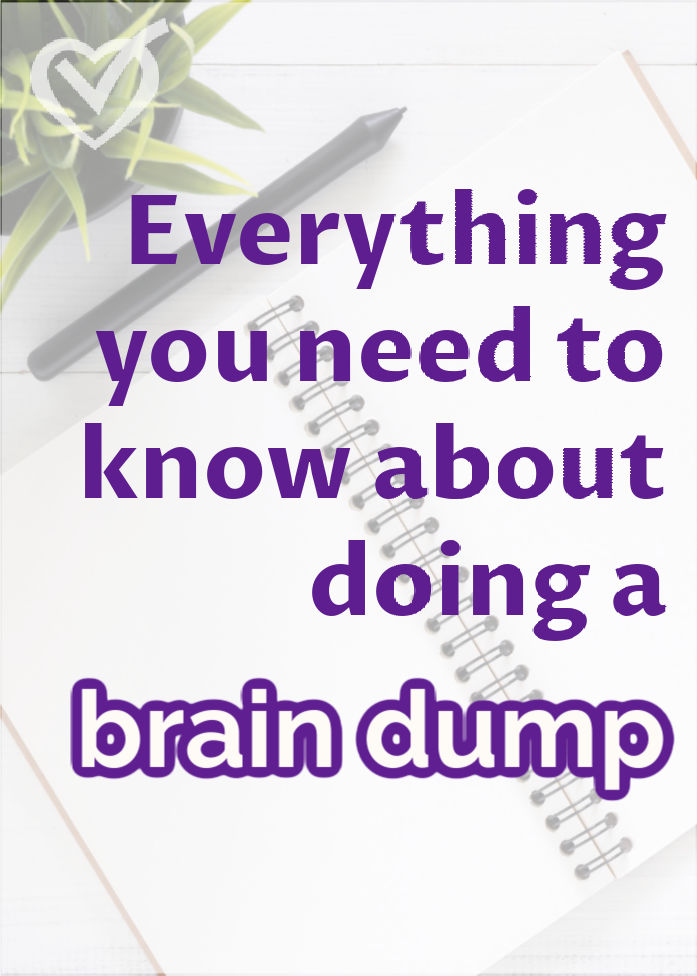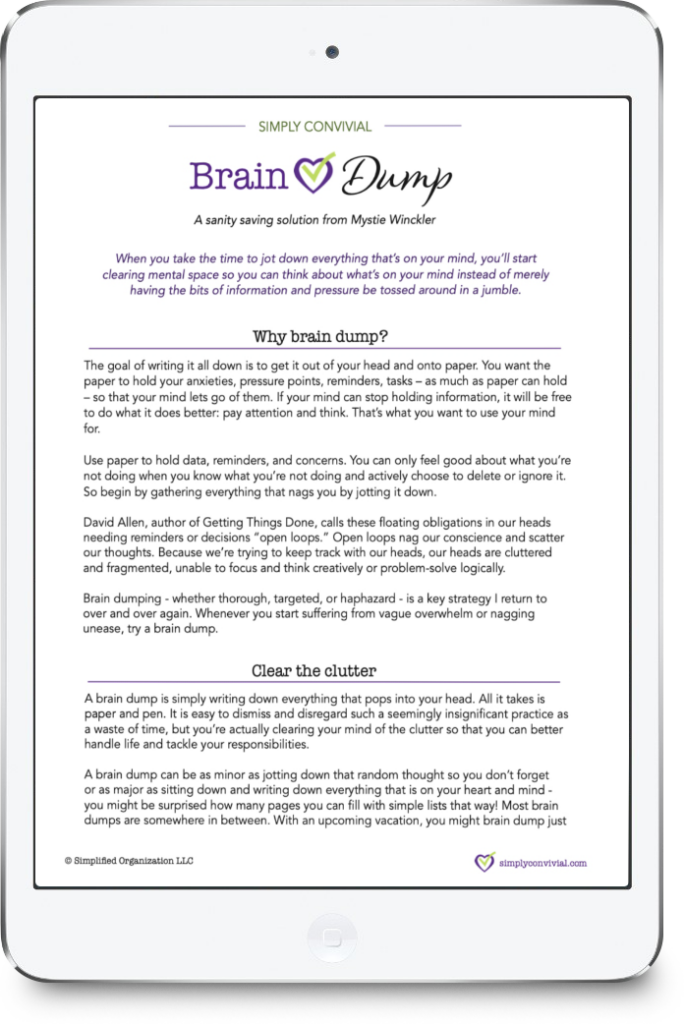
You won’t remember – don’t try.
When does the brilliant idea strike?
When do you remember you’re desperately low on milk?
It’s rarely when you’re actually sitting down, pen in hand, to make a relevant list.
But if you don’t write it down right away, it’s gone.
Hence, the need for ubiquitous capture.
Ubiquitous capture is a term from David Allen’s Getting Things Done that basically means you should always have a way to write down, right away, any information you need to have rather than assuming you’ll remember it or remember to write it down later.
You have to write it down, right away.
Whenever you feel overwhelmed or scattered, sit down and brain dump.
First, pick a place to keep your notes; either a notebook or index cards or Evernote, whatever thing would be convenient for you and just easy to jot things down. It doesn’t have to be structured – it shouldn’t be structured.
It’s just a quick ‘get it out of your head and onto paper’ so that your head can be used for thinking about things rather than holding things. You want to use the paper for holding (containing) your ideas and things to do (and whatever else pops into your head).
Then you can look at the things outside of your head and use your head, your mind, for thinking about them and then you’ll make a better processing list later on. But doing something about them later comes later. First do the thorough, thorough Brain Dump.
This isn’t going to be a sit down and do it all in one sitting, or even once. I don’t know how many brain dump lists I have done, even this year.
Take a deep breath
It’s something that I just do when I start feeling scattered and distracted. I sit down, make a list, get it out of my head, and then I can look and say, “These are the things that are always on my brain dump list, I’m OK.” Life’s not going crazy, just my head. It’s all in my head.
When you get it out of your head, you see it on paper, and at least eventually, hopefully, sometimes, it’s all in your head and not as crazy as you thought it was. It makes it easier to handle.
But maybe it’s not all in your head. What you need to do is get it out of your head so you can see it. Just get it all out of your head.
So, let it be a week, two weeks, even a month and just add to that list as you have time. At home with kids, with other responsibilities, you can’t dedicate an hour or three hours to getting everything out of your head in one-sitting. So just coming to it for just little chinks of time here and there throughout the day or even once a day for a week or more will help you get a better list, get everything out of your head as different things trigger different ideas or responsibilities you just add it to the list. So give it some time.
Let the thoughts percolate in your head and just give yourself time to get everything out of your head and onto paper.
That time I didn’t take my own advice…
Just this last week – on a Thursday – I was reminded of the importance of writing it all down right away because I did not. I was in the car (my son was driving) and took a phone call. During the call, I said I would take a family with a new baby a meal the next day.
Immediately after hanging up, I should have put that on my calendar, sent myself a text reminder, or in some other way written it down. But I did not. And as I was on my way to and from something with an agenda of its own, my mind was preoccupied and I did not remember to write it down later that day. Side note: I also did not do my evening examen (review) that night, at which time I probably would have remembered.
So on two counts I skipped my own advice, with obvious consequences.
In the midst of my Friday afternoon weekly review the next day, I suddenly remembered! It was 4pm. I quickly called the family and let them know I was bringing them a meal and would be there around 6. Then I scrambled and pulled together a meal just in the nick of time.
I am not immune to these situations – they still happen, even to me. But they happen when I don’t do what I know I should do. We can’t organize a brain dump if we aren’t doing it. Follow through is always the first step.
Are you doing it right?
The more reliably we follow our systems and do the simple but seemingly tedious step of simply writing it down, the less stressful and harried we will be keeping up with our responsibilities.
However, once we do start keeping a brain dump – whether it’s our first and thorough and overwhelming or whether it’s an ongoing habit – we start to worry that we aren’t doing it right. How do we organize a brain dump without taking more time than just doing what we’re “supposed” to be doing?
The brain dump notebook seems so disorganized. How can this be an organizational tool when it’s such a jumble of thoughts and random bits?
First, we must remember than the organization we are after is the sort that allows us to prepare for and fulfill our responsibilities effectively and cheerfully. The organization we want is not the same as the organization that stores and magazines and Pinterest are peddling. They will tell you that organization means looking good and being in control of your life. They are selling you something – and it’s a lie.
You don’t need any stickers to organize a brain dump.

Organization, when we look at the root of the word, means holding together, being unified towards a purpose. It is the opposite of scattered, distracted, and haphazard, but it isn’t necessarily cute, curated, or controlling.
So before we can think about how to organize a brain dump, we need to think about its purpose. It is organized if it is clearly and functionally fulfilling its purpose.
Organized does not mean beautiful and put together.
It is actually your thoughts, plans, and systems you are organizing when you brain dump, and the brain dump is just the intermediate phase. We organize a brain dump by actually doing it.
How to organize your brain dump notebook
If you were going to organize your pantry, you’d pull everything out so you could wipe down the surfaces and only put back what belongs.
A brain dump is the floor or table holding your junk while you process what needs to be organized.
Now, after pulling everything out of the pantry, you might start making groups in the stuff you pulled out. You would definitely comb through and toss what needed to be tossed. You’d combine two open packages of rotini pasta to consolidate. You might decide to pull out an unused container to hold something that you realized needed a better home.
Then, you’d start moving things back into their right places, but you’d not worry about the holding-surface being organized or looking good, right?
Yes, you would worry about the mess it will make to pull everything out. Yes, you would worry about not finding homes for what you find.
You’ll use some stuff up you wouldn’t otherwise; you’ll trash things that don’t deserve a home; you’ll think of a new meal idea because you found that random can of pineapple.
Organizing the junk in your head
Do you see how the table of pulled out junk is like the brain dump? You can sort as you go if that helps you stay sane, but the brain dump is just a tool on the path to organizing everything else in life, not another thing to organize.
It’s an inbox – a collection place. If you need something or are organizing a space (or a system), you know where to find the things that belong there. When something doesn’t have a home, but it’s useful and needs a home, then you find it a home. If you generated a lot of random junk, uncovered lies, wrote down crazy ideas – cross them out and give yourself the physical and visible clue that you’re done with that and don’t need to think about it anymore.
Focus on organizing – or, better yet, using – your calendar, running to do list, and planner. Let the brain dump be what it is: a collection point for incoming data that may or may not belong somewhere else when you’re working your system.
Write it down, right away, no matter where you are – in a place where you won’t lose it.
That’s an organized brain dump.
A habit of ubiquitous capture
In Getting Things Done, David Allen exhorts us to maintain these three rules about setting ourselves up to build the habit of writing things down:
- Every open loop must be in your written system and out of your head.
- You must have as few information collection places as you can get by with.
- You must empty them regularly.
These collection tools should become part of your lifestyle. Keep them close by so no matter where you are you can collect a potentially valuable thought — think of them as being as indispensable as your toothbrush or your driver’s license or your glasses.
That seems like quite a commitment, but keeping something at hand to jot down notes is a frequent tip not only in organization-type books, but even in articles I’ve read about how to keep focus during devotional times. My personal ability to keep any information or reminders in my head has been practically nil the last few years.
Where to do your brain dumping
Somehow, figure out the best ways for you to collect thoughts as they occur to you, something that can be a mostly-constant companion. You’ll probably keep several, depending on the context you are in.
A notepad in your purse or by your bed? Remember a pen!
A clipboard, binder, or notebook that goes with you and stays near at hand?
A fancy-pants phone? Maybe send yourself emails?
An iPad?
A laptop or even a desktop near the kitchen? Choose one program for note-taking!
Hey, even the good-old trick of writing on your hand or arm to keep a note until you can get it into your system will work!
Anything will work — if you do — so pick what most appeals to you and that fits your lifestyle and circumstances and run with it. The key is to learn the essential habit of ubiquitous capture.
Tips for a better brain dump
Whether you’re new or old to the practice of brain dumping, brain dump tips are always welcome because they give us ideas and insights when we learn what other people are doing to manage their thought life.
A brain dump is a strategy to return to again and again, whenever you feel confused, scattered, or overwhelmed. It gets your swirling thoughts down onto paper so you can think about them and examine them and make decisions about them rather than just hold them.
You can keep it in a notebook, on index cards, with voice memos, or in Evernote – just try to keep it in one place and make sure that place is convenient.
Brain dumping gradually
Don’t try to do it all at once. Do it in little snippets of time, here and there, as things occur to you. Spend a week or more at simply getting things out of your head and onto paper, especially if this is the first time you’ve done it or it’s been years since you’ve last tried.
Don’t worry about processing your brain dump list until you’ve spent adequate time emptying your head. Don’t tackle that until you’ve gone through a thorough mental decluttering. You want your first brain dump list to be as comprehensive as possible before setting up any systems.
Taking that time to really do a thorough job here will also give your mind time to percolate and incubate ideas and connections about what on your list will be able to be deleted or adjusted or modified. Don’t be in a rush.
Having an organizational system doesn’t prevent overwhelm from ever happening again. Instead, those systems help you know what to do when you feel overwhelmed and scattered. They help you get back on track faster.
What to do with your brain dump notes
So, you’ve done a thorough brain dump and you have sheets upon sheets of notes, tasks, and ideas.
Now what?
Before you start getting your brain dump into a trusted system, you need to have that trusted system set up – you need those places and lists before your brain dump items can go into them.
But if you are getting anxious about what to do with that brain dump now that it’s all captured and out of your head, here’s a quick cheat to get you rolling.
Process your brain dump: Delete, delete, delete.
Cross off as much as you can. Either cross it out and forget about it or file it away on a “someday” list to revisit later.
Seriously, if “clean out junk drawer” is on there, and you see it surrounded by all the other things you have going on, stop and think about it. Does it really matter that there is a junk drawer in the kitchen? Is that a priority? Is it hindering your day-to-day? Or is it just a vague obligation you feel: “Good people don’t have junk drawers.” That’s false.
If it’s holding you up and causing issues in your day – perhaps because that junk drawer is functioning as your command center – then you have to address it so you can function better. If it’s just a collection of bits and pieces, then let go of the guilt and go do something important.
You do not have to do everything that came out of your head.
What to do with the brain dump list? File it away.
Start a few reference lists either in notebooks or in Evernote or wherever else you keep notes to yourself. You can set up a file box to keep information on paper or snap a quick picture of it with your phone and send it into your notes app.
You need one place, a trusted place, where information you may want or need in the future will be found.
Add tasks to your task list.
Setting up some sort of task management system is necessary before you can process your brain dump. That’s why I’ve written about it several times:
As you come across tasks in your brain dump that you can’t delete, add them straight into your task list.
But remember that that task list isn’t going to do you any good unless you look at it every day.
Everything you need to know to understand how to brain dump
Declutter your mind. Brain dump so you can creatively and logically problem solve about what’s going on in your life.
When you take the time to jot down everything that’s on your mind, you’ll start clearing mental space. Instead of merely having bits of information tossed around in a jumble, you have words on paper you can think about.
We all know the feeling. Your head is spinning; your mind is in overdrive. You try to multitask, putting out a fire here and remembering something else halfway though.
We jump from one task to the next, not always finishing one before starting another. You might call the feeling overwhelm or craziness or even panic.
I have a solution: a brain dump.

